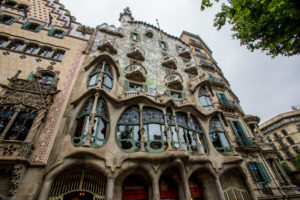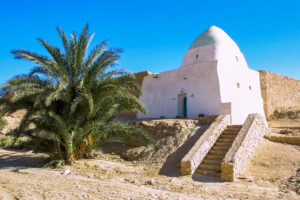
Tamerza, Tunisia
The old village of Tamerza was abandoned in 1969 after 22 days of heavy rain destroyed the traditional mud brick structures.
Rotate to landscape to view slideshow


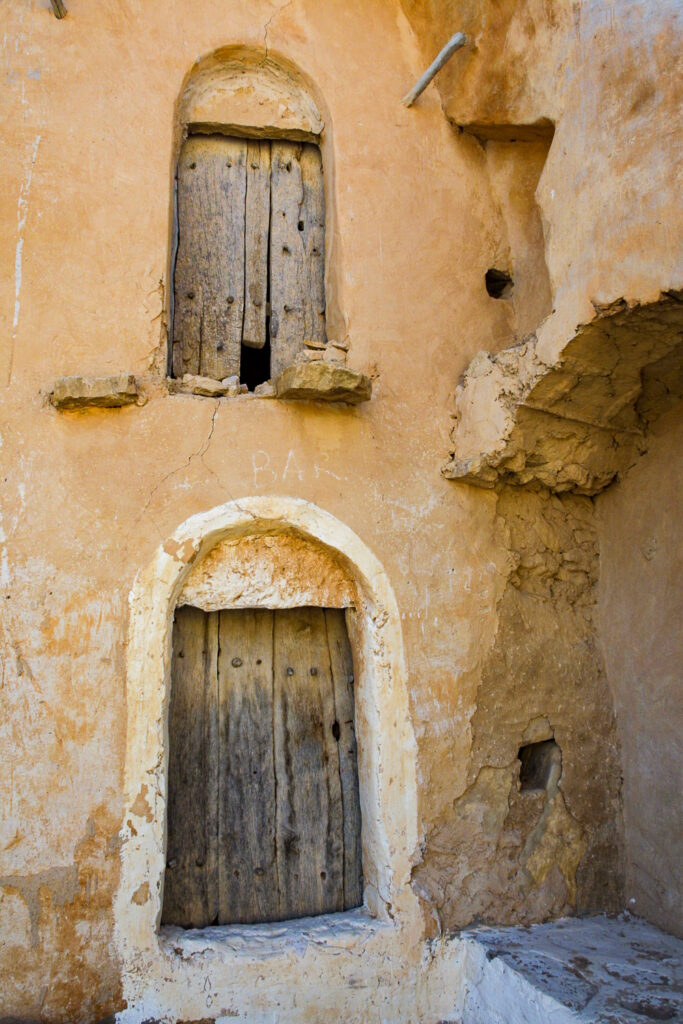
Although the original Berbers now only make up one percent of the population, most Tunisians are of Arab/Berber stock, so the traditions of these earliest inhabitants of this land feature strongly in the country’s folklore.
Essentially the Berbers were a nomadic people who roamed the lands of Libya, Tunisia, Algeria and Morocco, following the seasons over their time-honoured routes.
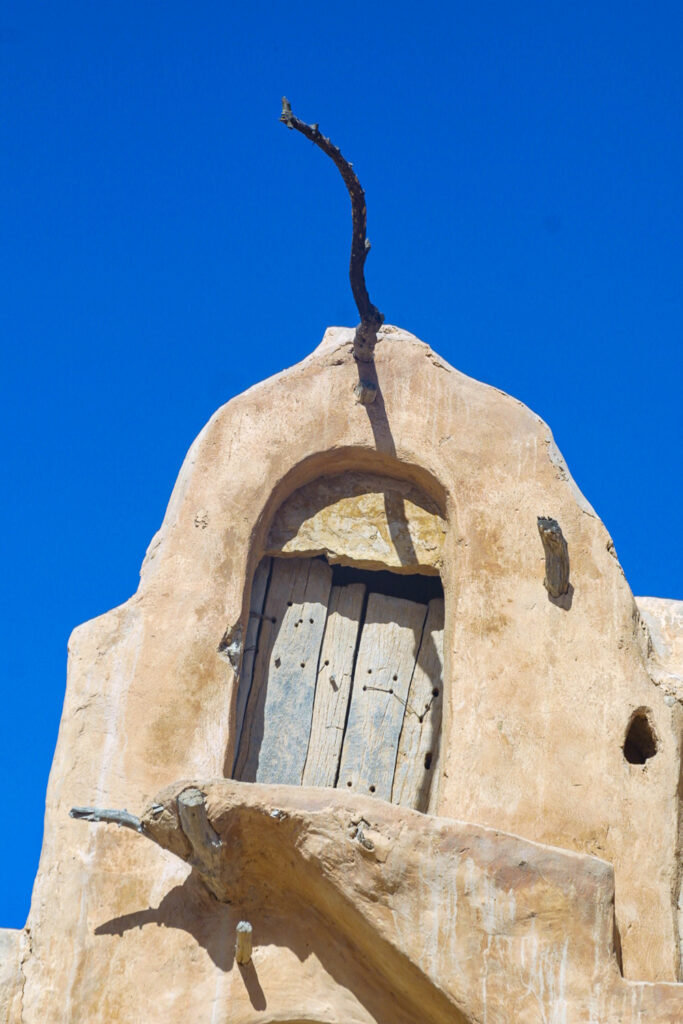
As a means of protection against others who moved into their territories, the Berber tribes eventually established permanent villages.
However, unlike the Berbers of Morocco and Algeria, the tribes in Tunisia had few high mountains in which to hide, so they integrated quickly with the Arab invaders.
The Berber villages are mainly in the Southern part of Tunisia. We visited three distinct types.
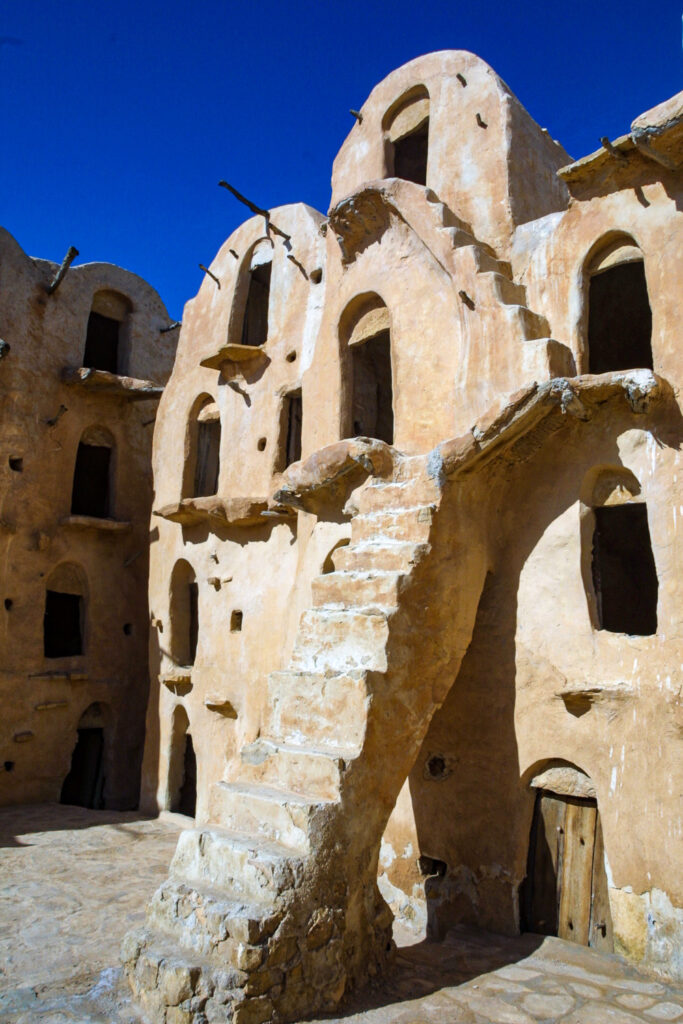
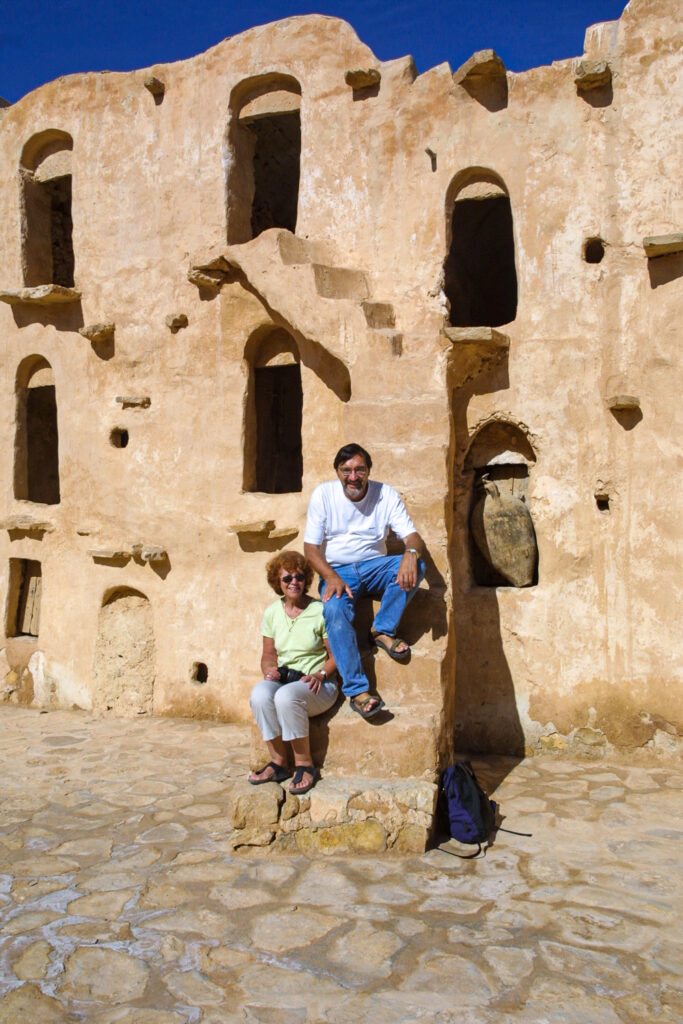
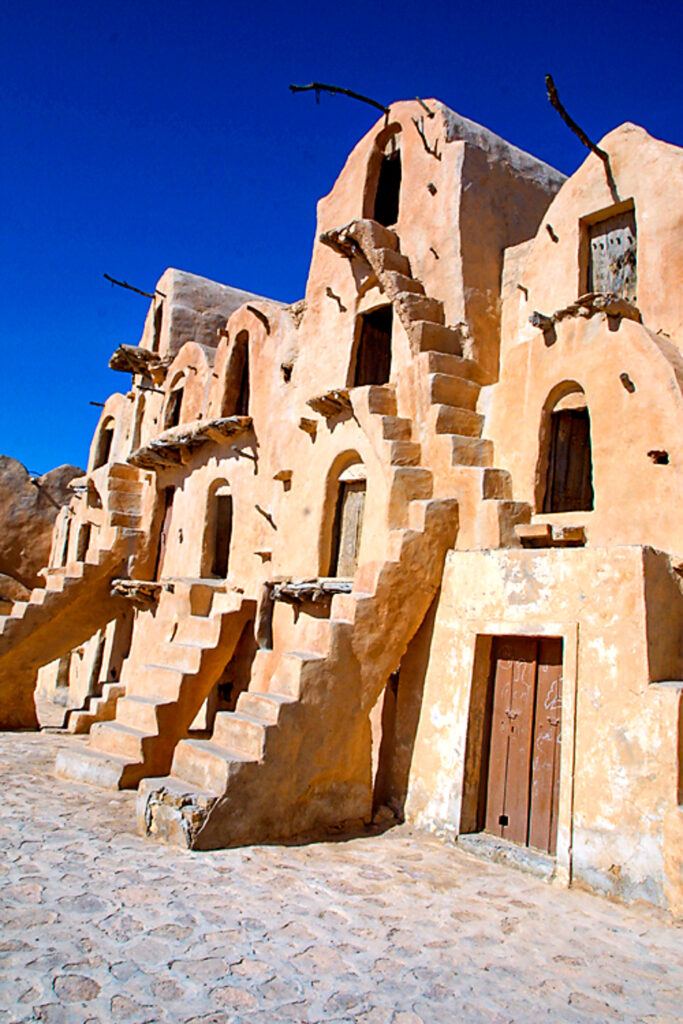
The photo of a plain ksar above will give you an idea of their format. Essentially storage areas for grain, animal fodder, and other foodstuffs, these ‘buildings’ faced into a central courtyard – their external walls presenting a barrier that could be defended from within.
Ksar Oulad Soltane, near Tataouine, is an excellent example of this type of semi-permanent meeting place. The tribes could store their needs at places such as this and continue their nomadic life as the seasons dictated.
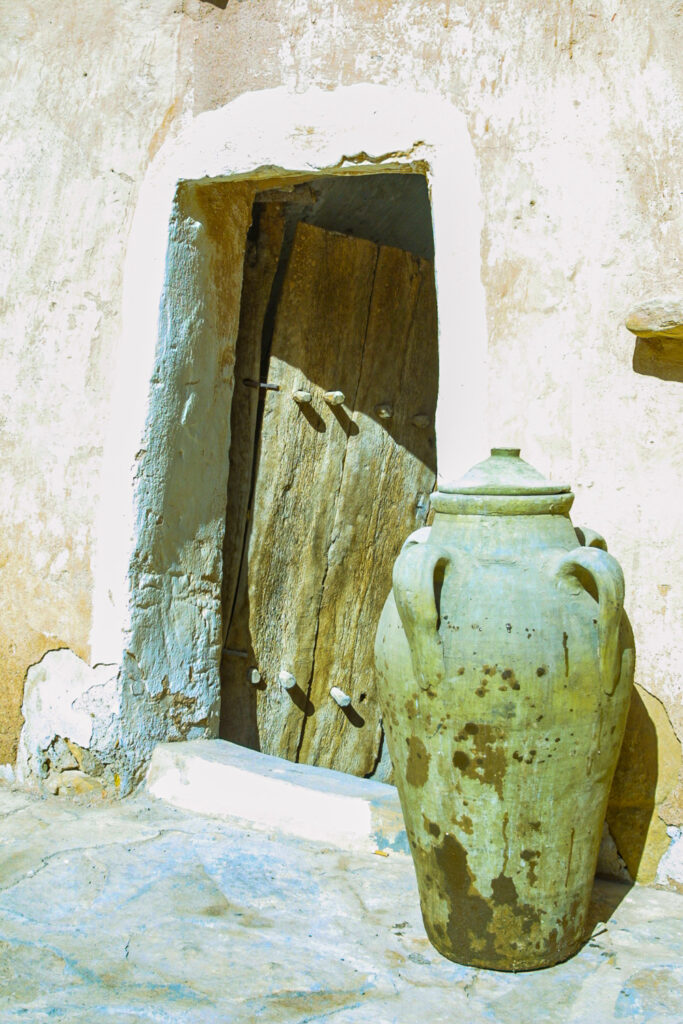
There is a small village just on the outskirts of Ksar Ouled Soltaine, but it’s quite basic. One of the “rooms” in the first courtyard of the ksar has been turned into a “refreshments” shop selling drinks. We were the only tourists there at the time of our visit.
Also nearby are the villages of Chenini and Douirat, almost deserted now as the necessity for protective hilltop living has given way to the easier and more convenient life (without a climb) on the plains.
Some of the houses in these villages are hewn into the rock itself providing additional shelter against the elements.
A ‘courtyard’ of storage houses usually protected the entrances to these ‘caves’.
These villages look out over plains and grazing areas that have changed little over the centuries, and some of the people still work the land as their forefathers did.
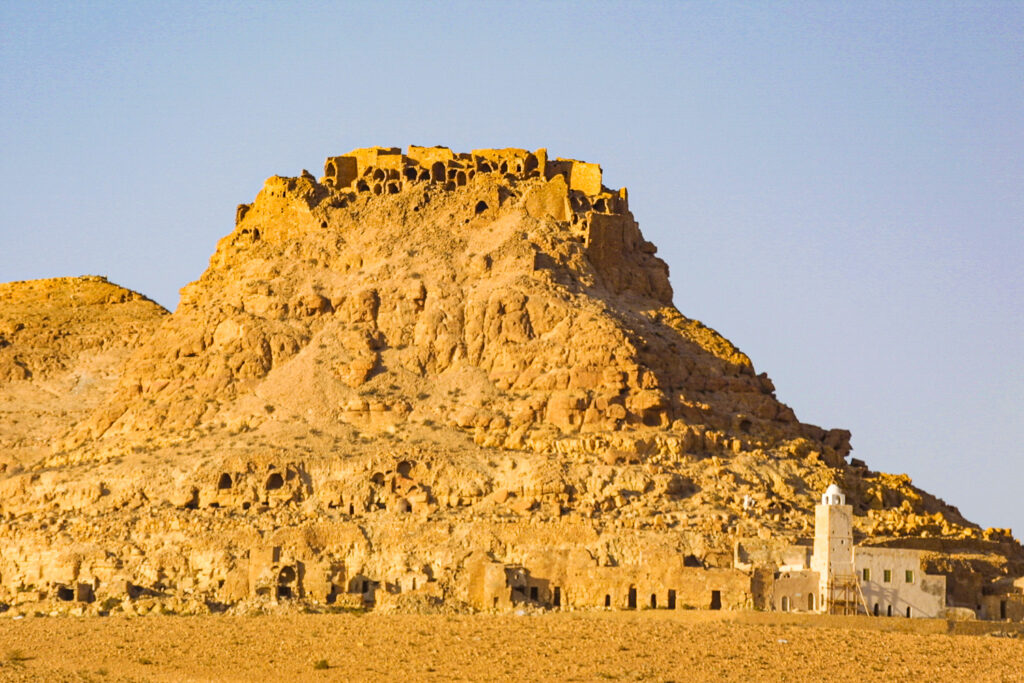
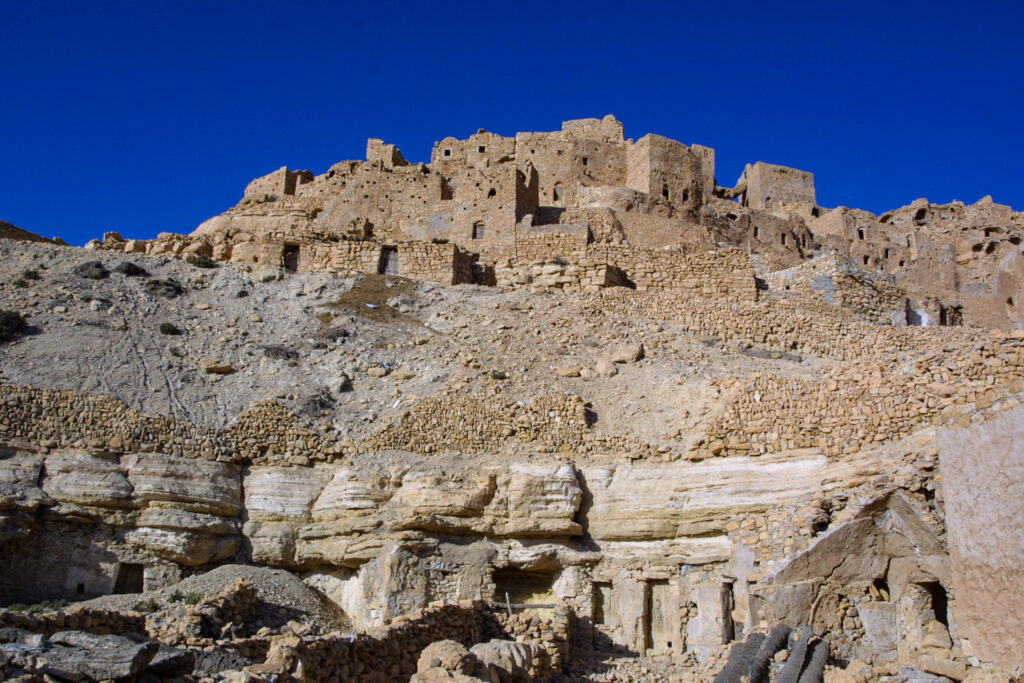

The old village of Tamerza was abandoned in 1969 after 22 days of heavy rain destroyed the traditional mud brick structures.
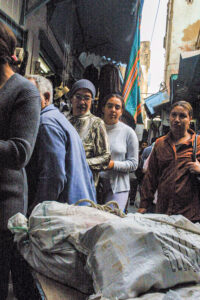
Your visit to Tunis is not complete without a walk through the ancient medina.
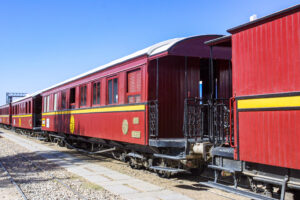
A wonderful old train journey through spectacular gorges and desert scenery in the luxury of a train that once belonged to the Bey of Tunis.
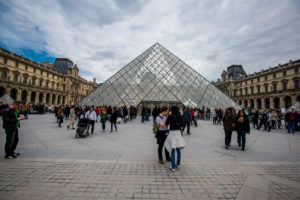
The world’s greatest art museum – the Mona Lisa, the Venus de Milo and Winged Victory – just get lost and enjoy it.
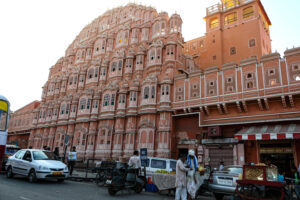
Jaipur, a city of around three million people has the hustle and bustle of a modern overcrowded metropolis and the history of a rich royal past
